PLOS | Global Public Health
María Carmen Calderón-Ezquerro** ,Carolina Brunner-Mendoza,César Guerrero-Guerra**,Alejandro Sanchez-Flores A.,Ilse Salinas-Peralta,Conchita Toriello,Alfredo Ponce-de León,Carmen Isela Ortega-Rosas. C.I.
**Departamento de Ciencias Atmosféricas | Grupo de Biología y Química Atmosféricas
Abstract
Hospital bioaerosols represent significant risks for nosocomial infections, contributing to patient morbidity and mortality. Exposure to these particles, particularly airborne fungal spores or propagules, can trigger adverse effects on the immune system and cause respiratory diseases. This study evaluated the airborne fungal community in a public hospital in Mexico City using a metagenomic approach, two types of aerobiological samplers as well as temperature, humidity, and suspended particle analysis. Sampling was carried out in three areas within the hospital: and outside the hospital. Airborne sampling was performed for three consecutive days, except in the EU. The results showed that using two different samplers revealed fungal diversity and composition variations. Specifically, the Cμ-Sampler captured a higher abundance and diversity of fungi than the AVPS, with Total Taxonomy Annotations at a Genus level of 626 in F1, 632 in F2, 485 in EU and 617 in OH). In the analysis of fungal presence, Ascomycota and Basidiomycota were identified as dominant phyla. Using the AVPS sampler, Ascomycota showed an overwhelming presence of 90% to 100% inside and outside the hospital, while Basidiomycota was found in a range of 1% to 10%. Using the CμS-Sampler, Ascomycota was observed to vary between 39% and 72% in areas F1 and F2 of the hospital and from 73% to 82% outside it. On the other hand, Basidiomycota presented values between 54% and 61% in F1 and from 18% to 27% outside the hospital. The predominant genera were Aspergillus, Penicillium, Cladosporium and Alternaria. The identification of twenty-seven fungal species, including opportunistic pathogens such as Aspergillus fumigatus, Penicillium chrysogenum, P. expansum, Cladosporium and Alternaria alternata, is a significant result of this study. The results revealed the diversity of fungi in the hospital environment. The proposed complementary use of different samplers could significantly optimise current surveillance methods.
REGRESAR











